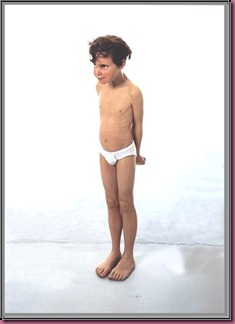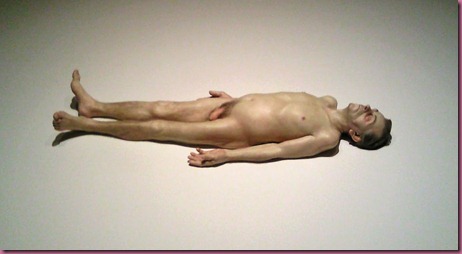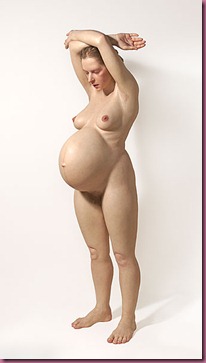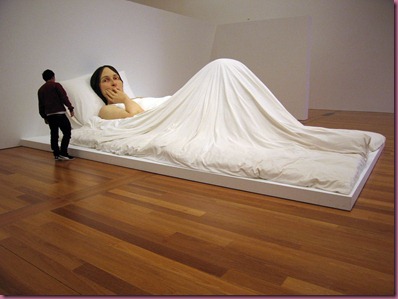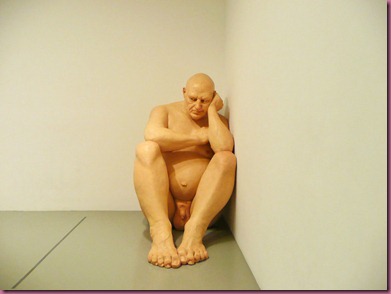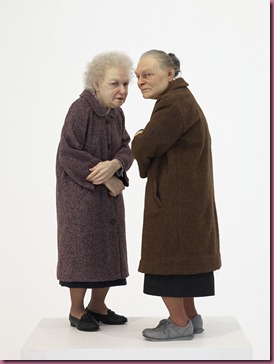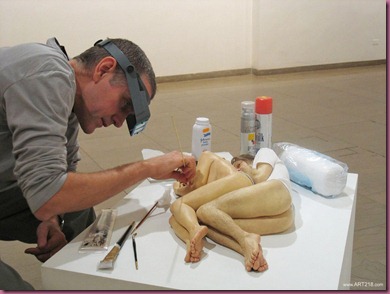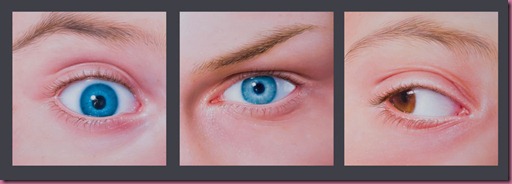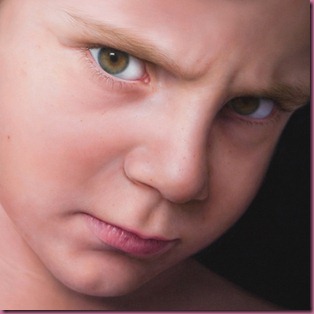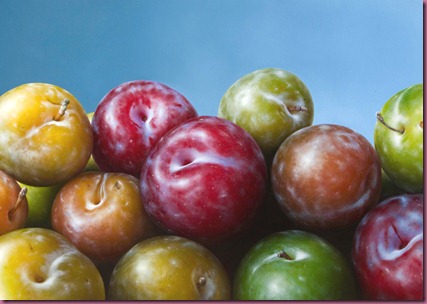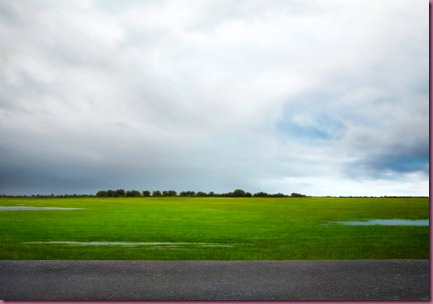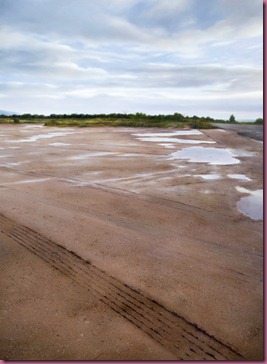‘Paschal struscio’
A sort of stroll
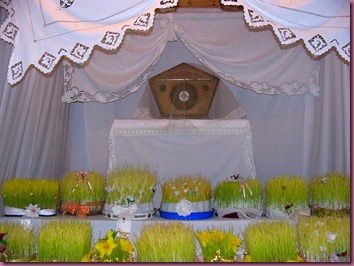
All over the world, the Holy Week for Catholics is the period before Easter, from Palm Sunday to Holy Saturday.
In Italy, the Holy Week’s representations are numerous and often very charming, popular in almost every region, in which strictly religious elements mix with folk components.
In Naples, one of these is the “lo struscio“.
From Good Friday the Sacrifice of the Mass is no longer officiated, and therefore the Eucharist is not consecrated. In addition, the repose of the Eucharist is a way to invite the faithful to worship, in the night between Thursday and Friday (that we called Holy Sepulchers time), the establishment of a so big mystery and meditating on the sufferings of the Passion of Christ.
It was customary to decorate every altar with buds. In the days of Lent (which lasts forty-four days, starting from Ash Wednesday), many people placed in small flowerpots or bowls, containing wet soil or cotton wool, seeds of wheat or pulses, and then placing them in the dark. After a few weeks, they germinated in the form of greenish-yellow long and thick filaments, and on Holy Thursday each person brought the vase in church. (The seed, place in the ground -sepulcher- is transformed into a new plant that will look something different in appearance from the seed, but it is essentially the same thing, and maturing generates new seeds allowing the renewal of the life cycle).

In the past, during ‘Holy Sepulchers days’ many believers went in mass in the different parishes, generally seven (like the days of the week) to pray and visit the churches (the number of visited churches had to be odd and never less than three or more than seven, otherwise it was ominous). Keep in mind that in Naples there are a lot of churches, often not very far from each other. In the eighteenth century in Naples there were a hundred convents and monasteries and about 500 churches, so that Naples earned the nickname of “the city with 500 domes”. Naples still has a large number of churches and convents, a value that is around thousand units, which places it among the cities with the highest number of worship’s place in the world. If we consider only the historical churches, the number is very high, in fact, they even surpass the 200 units in the old town and 450 in the entire city center.
“Ce qui nous to the paru plus extraordinaire à Naples, c’est le nombre et de ses the magnificence églises; puis je vous sans exagérer say this hides surpasse the immagination” – Maximilien Misson –
Although in many parts of Italy and in general “lo struscio” (rub) is  defined the evening Sunday stroll in provincial towns, once in Naples it referred to the visit of the Sepulchers made during Holy Week, (Thursday, Friday and Saturday) in the churches. The name comes from the Neapolitan verb “strusci-are” (to rub) and stems from the fact that, in the past, so much was the persons who moved into the street for this occasion, that crowding led people to touch and “strusciate” (rubbing) each other, or it can also refer to the sound of their shoes “rubbing” on the pavement.
defined the evening Sunday stroll in provincial towns, once in Naples it referred to the visit of the Sepulchers made during Holy Week, (Thursday, Friday and Saturday) in the churches. The name comes from the Neapolitan verb “strusci-are” (to rub) and stems from the fact that, in the past, so much was the persons who moved into the street for this occasion, that crowding led people to touch and “strusciate” (rubbing) each other, or it can also refer to the sound of their shoes “rubbing” on the pavement.
Over time, this custom has lost its religious significance and although many people still leave their homes for a walk on Friday or Saturday evening, the ‘Paschal struscio’ has become an opportunity to go shopping, to show off new clothes or meet friends and people.
Even today, for young people it is a good opportunity to get “panni nuovi” (new clothes) from parents. This custom originated in the postwar years, when people bought some new clothing only on special occasions such as Christmas and Easter.
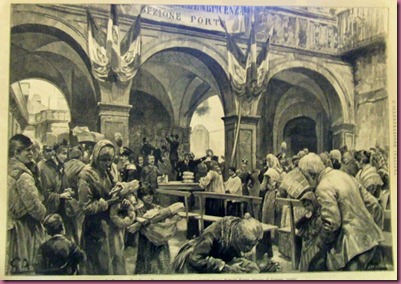
.

